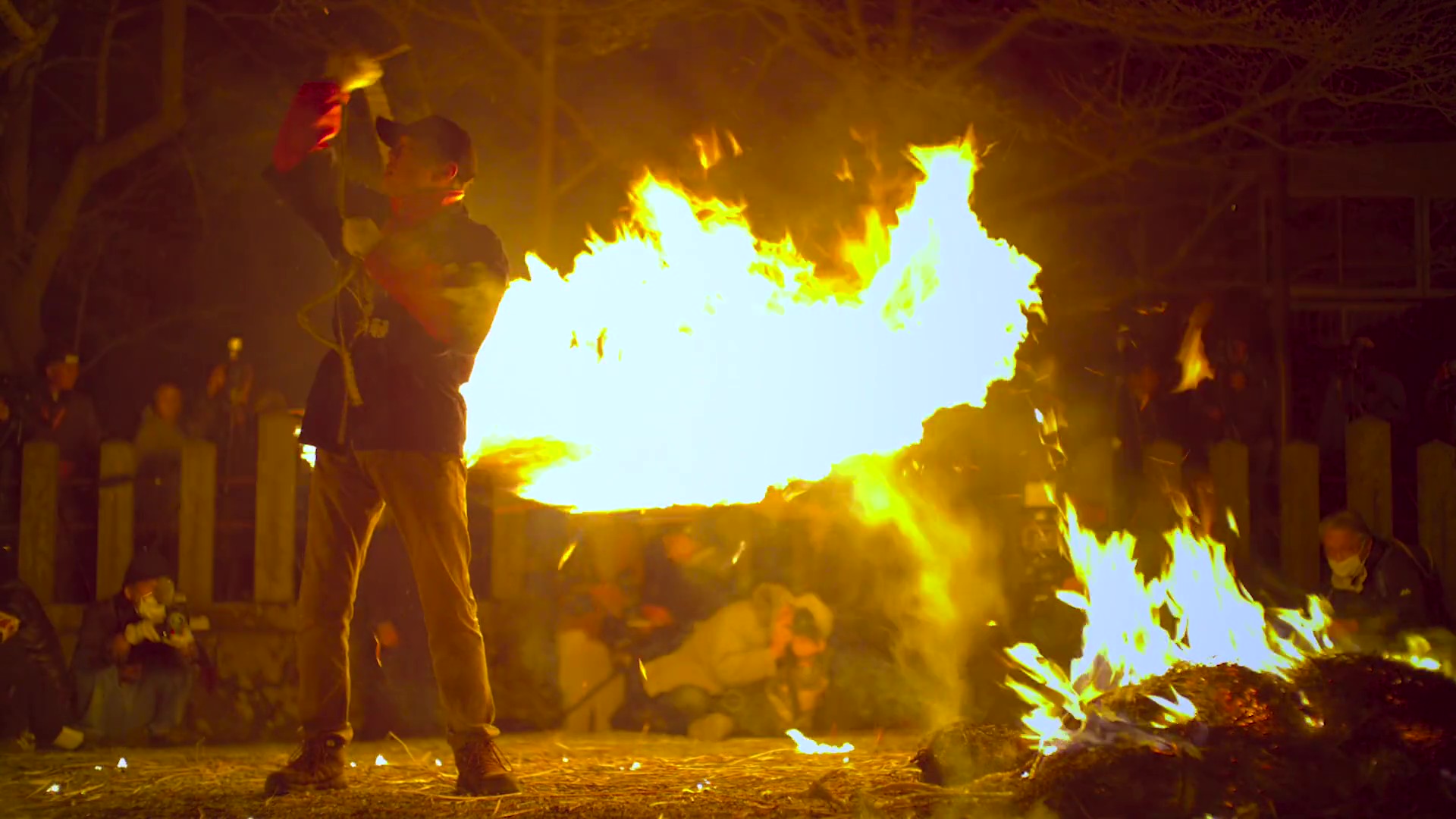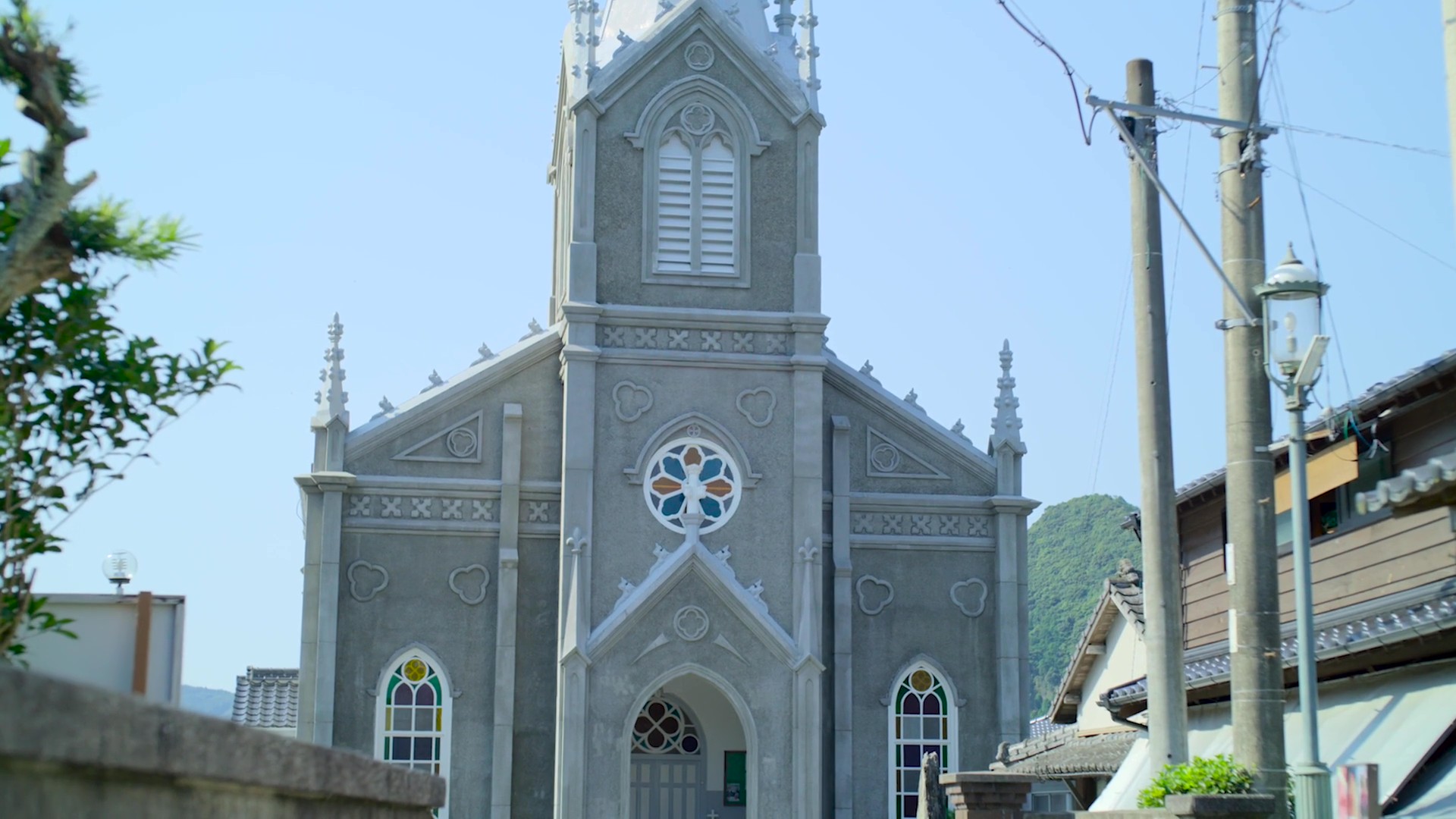Culture, which includes religion, arts, and crafts, is an essential part of ensuring our modern lives are rich and fulfilling. Naturally, everyone’s hometown has its own culture. To know the culture of a place you are visiting is to understand it deeply. In other words, it makes your journey deeper and more enjoyable.
In this article, we will introduce some aspects of the culture of Kumamoto.Religious culture is common throughout the world. Japan is a rare country in which belief in both Shinto deities and Buddha have deep roots.
Aso Shrine, located in Ichinomiya, Aso, serves as the head shrine for about 500 Aso shrines throughout Japan. It is an ancient shrine with over 2,000 years of history. The main deity is Takeiwatatsunomikoto, the pioneer god of Aso, one of whose powers is ensuring a bountiful harvest. His worship has been passed down through the generations by the people of Aso, where agriculture still thrives and where agricultural festivals are held even today. These festivals, designated as nationally important intangible folk cultural assets, align with seasonal changes and the phases of rice growing. The most famous of them is probably the Tatsukuri festival (fire-waving ritual). Simply put, it is a wedding ceremony of the Shinto gods. At the climax of the ceremony, torches of thatch are lit and waved around in front of the shrine to bless the marriage of the gods. The sight of multiple overlapping rings of fire is a very impressive experience. If you get the chance, be sure to catch it.

Fujisaki Hachiman-gu, which stands near the center of Kumamoto City, has been protecting the peace of Kumamoto for more than 1,000 years. The Otorii (grand gate) stands along the main approach. The vermilion shrine pavilions at the end of the approach to the east are beautiful, enveloping visitors in a solemn atmosphere.
This atmosphere changes completely on the last day of the annual festival held every September. Decorated horses and over 10,000 zuihyo soldiers(accompanying soldier) parade through the center of Kumamoto city, while the lively sounds of music and shouts of the soldiers echo throughout, creating excitement. The parade is said to have started when Kiyomasa Kato, who built Kumamoto Castle, led the procession of zuihyo soldiers. Each year, the parade is led by a person who is the face of Kumamoto.
 Christianity, which is said to have been introduced to Amakusa in 1566, was also practiced by many people, but history shows they were forced to worship in hiding due to prohibition of the religion. Sakitsu village in Amakusa, known as the home of the Hidden Christians, was registered as a World Heritage site as part of “Hidden Christian Sites in the Nagasaki and Amakusa Regions”. Here, a Gothic-style church stands in the port village, and a statue of Mary, Star of the Sea, look over the cape. A shrine stands on a hill overlooking the village, and during the period when Christianity was banned, people secretly recited prayers there. This fishing village has nurtured a unique form of religious belief in which Christianity, Shinto, and Buddhism coexisted.
Christianity, which is said to have been introduced to Amakusa in 1566, was also practiced by many people, but history shows they were forced to worship in hiding due to prohibition of the religion. Sakitsu village in Amakusa, known as the home of the Hidden Christians, was registered as a World Heritage site as part of “Hidden Christian Sites in the Nagasaki and Amakusa Regions”. Here, a Gothic-style church stands in the port village, and a statue of Mary, Star of the Sea, look over the cape. A shrine stands on a hill overlooking the village, and during the period when Christianity was banned, people secretly recited prayers there. This fishing village has nurtured a unique form of religious belief in which Christianity, Shinto, and Buddhism coexisted.


There are other spots registered as World Heritage Sites, such as the Manda Pit, one of the entrances to the Miike Coal Mine, a facility that produced high-quality coal from the Meiji period through to the early Showa period. It has been preserved as a symbol of the coal mining facilities that supported Japan’s modernization, and can be visited now, as the mine has closed after 124 years in operation. The brick buildings, huge machinery, and other features make for an impressive sight.
Next, let’s take a look at traditional crafts and performing arts.
Kiyomasa Kato, the first lord of the Higo (Kumamoto) Domain, built Kumamoto Castle, a symbol of Kumamoto. The Hosokawa family, which subsequently succeeded as lords of the Kumamoto domain for about 240 years, established many traditional crafts and performing arts in Kumamoto.
The castle town, which was first established about 400 years ago when Kumamoto Castle was built, includes the areas of Shinmachi (new town) and Furumachi (old town). Here can be found traditional crafts such as Higo-Zogan inlaying, traditional foods such as spicy lotus root, and historic buildings. Around Kumamoto Castle is one of the largest shopping arcade in western Japan, complete with streetcars. For residents, Kumamoto Castle is a constant presence in scenes of daily life.

Among the traditional performing arts handed down in Kumamoto are the Higo-Koryu tea ceremony, which teaches the ways of the master Sen no Rikyu; the floral tradition of Higo Rokka, said to have originated as a way of life for samurai; and Nogaku Theater, which is a national Important Cultural Property and a UNESCO Intangible Cultural Heritage. These are also traditional arts guarded by Kiyomasa Kato and the Hosokawa family.
Kiyomasa also revived the ritual Noh performances at the previously mentioned Fujisaki Hachiman-gu and Kitaoka Shrine. It is still dedicated to the gods on the Daniyama Otabisho Noh stage as one of the events of the annual festival, and has been performed for 400 years. Existing Nogaku Theater stages include the Daniyama Otabisho Nogaku Theater and the Fujisaki Hachiman-gu Nogaku Theater, as well as the Kikuchi Matsubayashi Nogaku Theater, the Izumi Shrine Nogaku Theater, and the Kawashiri Shrine Nogaku Theater, where sacred Noh ceremonies are offered.

The Yachiyoza Theater, built in 1910 as a playhouse on the Bungo Highway (Bungo Kaido) in Yamaga, used as a route by traveling lords during the Edo period, is also designated as a National Important Cultural Property. It is still in use today as a playhouse, with many architectural highlights such as the fusion of Japanese and Western-style architecture and advertisements of the time adorning the ceiling. Visitors can enjoy a wide range of entertainment, including kabuki, plays, and impersonation shows.

Have you heard of the hot spring bathing culture known as “toji”?
Toji refers to a long-term stay in a hot spring resort to soak in the hot springs and recuperate. Of course, high-quality hot spring water is essential for this practice, which has been popular since the Edo period. Tsuetate Onsen in Oguni is a hot spring resort beloved by many visitors to cure their illnesses. With the spring water temperature at an intense 98°C, the town is constantly wreathed in steam. Local residents take advantage of this steam, enjoying the benefits of the hot springs beyond just bathing. They steam their food and practice sauna-like steam bathing.
Tsuetate Onsen is said to be the birthplace of Japan’s Carp Streamer Festival, and numerous carp streamers have been flown in the area since around 1980. Imagine steam rising into the air all over this hot spring town, with 3,000 or so carp streamers gracefully fluttering in the breeze. It is a sight to behold.

Finally, let’s take a look at Kuma shochu.
You might think that sake is the most typical Japanese alcoholic beverage, but Kumamoto is known for its tradition of making shochu liquor, called “Kuma shochu.” This refers strictly to shochu liquor distilled and bottled in the Hitoyoshi and Kuma regions, which has a history of 500 years or so. 27 breweries produce many varieties of Kuma shochu—there are said to be more than 200 varieties in total. Shochu liquor, which is made from rice, pairs well with dining and can be enjoyed at many restaurants in Kumamoto.
It’s impossible to describe culture in a single word. There is so much we want you to know, and it’s already too long.
What we must never forget is the human element—people are always needed to create, protect, and pass on all kinds of culture. As you experience Kumamoto culture, we hope you will feel a sense of gratitude toward those who came before, who have been involved in bringing it to you. Of course, this applies not only to you, but to us as well.
That’s what I wanted to convey. Thank you.





